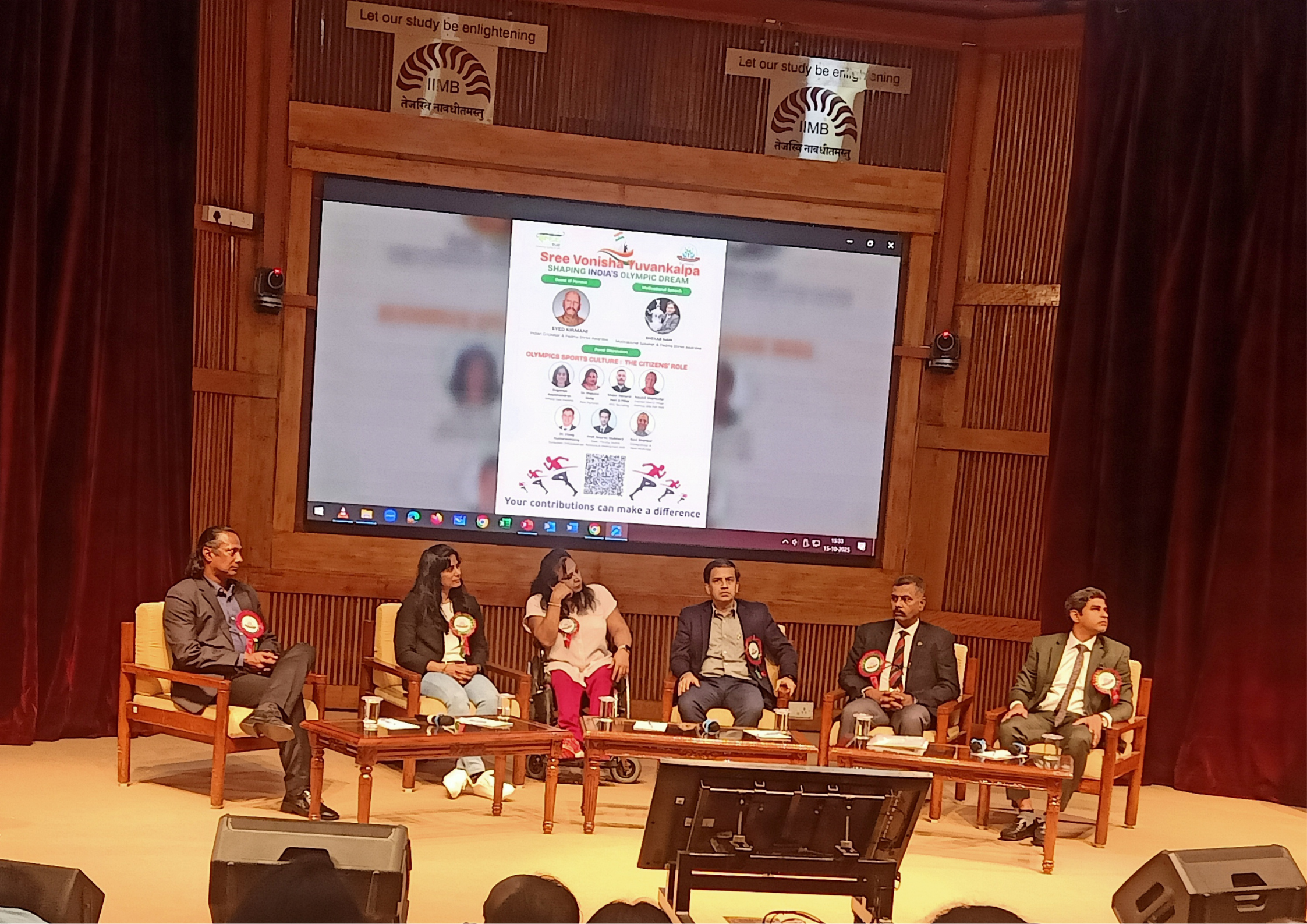From First-Gen Dreams to Bee Champions: How Indian Immigrant Families Built a Spelling Empire
A Quiet Revolution at the Microphone
Each May, when the Scripps National Spelling Bee finals air live across the United States, millions watch children—some barely taller than the microphone—spell words that stump most adults. Since 1999, more than two-thirds of the champions have been of Indian heritage. The streak is so steady that newspapers call it the “Indian-American Spelling Bee dynasty.”
But this phenomenon is not confined to one country’s borders. Parents in India, the Middle East, and Europe follow these contests closely, while Indian-origin families worldwide wonder: What did these parents do differently, and can we learn from it?
Roots in First-Generation Dreams
The story begins with the first major immigration wave after the 1965 U.S. Immigration and Nationality Act, which opened American doors to highly skilled Indian professionals. Many arrived with advanced degrees in engineering, medicine, and science but faced the challenge of proving themselves in a new country.
Education became the family’s anchor. Parents who had worked hard to earn their own credentials carried an unshakable belief: knowledge travels; credentials protect. For their children, spelling bees offered a showcase of English mastery and a pathway to recognition in mainstream American culture.
Fact check: According to the U.S. Census, Indian-Americans now boast the highest median household income among all ethnic groups—evidence of how education remains central to family identity.
Why Spelling?
- Low financial barrier (at first): Local bees cost little to enter compared with sports leagues.
- Language advantage: Many Indian parents already prized strong English skills.
- Visible success stories: Champions such as Balu Natarajan (1985) and Nupur Lala (1999) gave families role models.
The 2002 documentary Spellbound further amplified the movement, showing that with discipline and word roots, a child could stand on a national stage.
Inside the “Bee Infrastructure”
Across the United States, Indian-American communities built a quiet but powerful support system:
- North South Foundation (NSF): Founded in 1989, it runs bees in spelling, math, and science, offering a clear pipeline to Scripps.
- Spelling coaching networks: Veteran parents created clubs like the South Asian Spelling Bee and private Zoom groups for drilling word origins.
- Peer mentoring: Past champions such as Akash Vukoti (a prodigy featured on national TV) now coach younger spellers.
This ecosystem didn’t appear overnight. It reflects a cultural comfort with volunteerism and community fundraising—values Indian immigrants brought with them.
The Numbers Tell the Tale
- Between 1999 and 2024, 28 of 36 Scripps champions were of Indian heritage.
- In 2019, an unprecedented eight-way tie included seven Indian-American winners.
- Today, the average top competitor studies 20–30 hours per week in peak season.
These figures are current as of 2024 and underscore just how dominant the Indian-American presence has become.
Family Culture: Discipline Without Drama
Parents often describe spelling practice as a family project.
Daily Routines: Some families set aside early mornings for root words and evenings for mock bees.
Shared Learning: Siblings quiz each other; grandparents in India Skype to help with etymology.
Balanced Encouragement: Champions frequently mention that their parents emphasized effort, not just trophies.
This approach reflects a larger Indian ethos: learning as a family value rather than a solitary pursuit.
Lessons for Parents Everywhere
Whether you’re raising kids in Mumbai, Dubai, or London, these principles travel well:
- Make words fun early. Read aloud daily. Play word games like Boggle or Wordle Jr.
- Value process over prize. Praise persistence and curiosity, not just correct spelling.
- Seek community. Start a small spelling club at your child’s school or housing society.
- Respect balance. Encourage sports or arts to avoid burnout.
What Indian Parents in India Can Do
For families living in India, creating a “mini-bee” environment is possible:
- Local Steps:
- Organize weekend spelling circles with neighbors.
- Use resources such as the Merriam-Webster Word of the Day or Indian apps like Knudge.me.
- Encourage participation in national contests such as the Hindustan Times Spelling Bee.
- Mentoring:
- Connect online with U.S. coaches for periodic workshops.
- Invite returning NRI relatives or friends to run mock contests.
- Costs & Feasibility:
- Basic participation can cost as little as ₹5,000 a year (books, apps, small prizes).
- Intensive coaching or travel to international bees may run ₹2–3 lakhs annually—but that is optional.
Beyond the Bee: Life Skills That Last
Former champions illustrate the lasting impact:
- Nupur Lala became a cancer researcher.
- Sameer Mishra (2008) studied at Columbia and Harvard.
- Karthik Nemmani (2018) is pursuing computer science.
They consistently credit spelling with teaching focus, memory techniques, and stage confidence—skills that fuel careers well beyond the dictionary.
Practical Checklist for Parents
Do
- Read together daily from diverse sources.
- Teach etymology—Greek/Latin roots.
- Create a family “word wall” in the kitchen.
- Set realistic, age-appropriate practice times.
Don’t
- Turn every mistake into a lecture.
- Compare your child harshly with champions.
- Over-schedule: free play nurtures creativity.
Why This Story Matters
The rise of Indian-origin champions is more than trivia. It proves that family culture can outpace geography. Through shared discipline and joy in learning, first-generation immigrants turned a niche American contest into a global stage for Indian excellence.
For parents everywhere, the message is clear: it’s not magic, it’s mindset.


